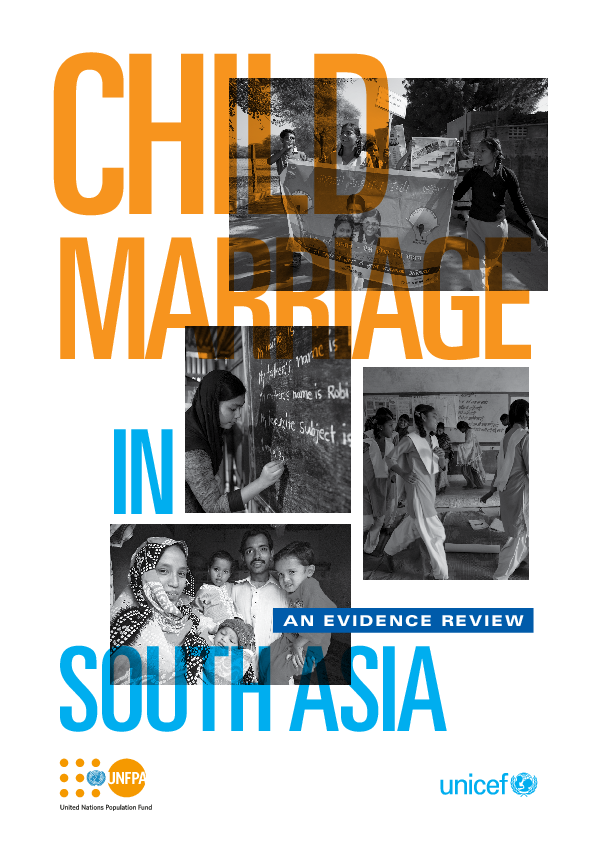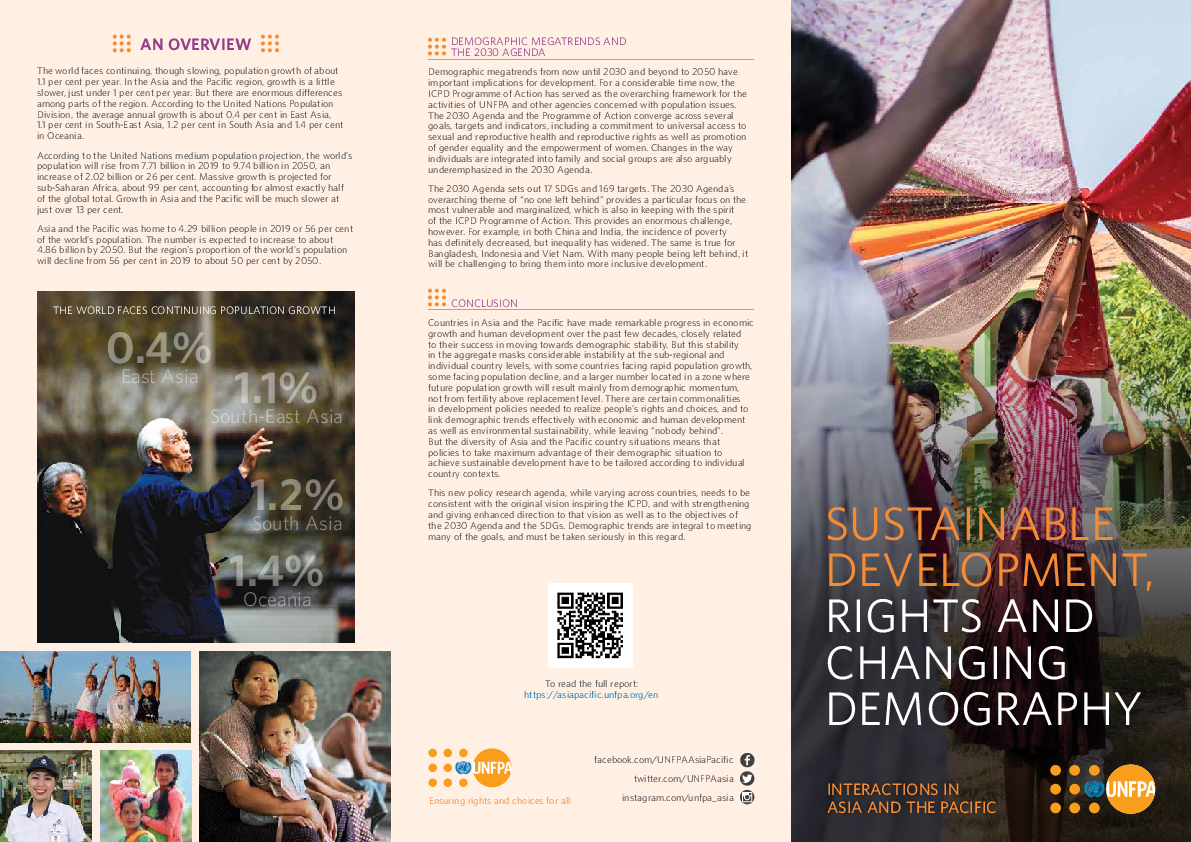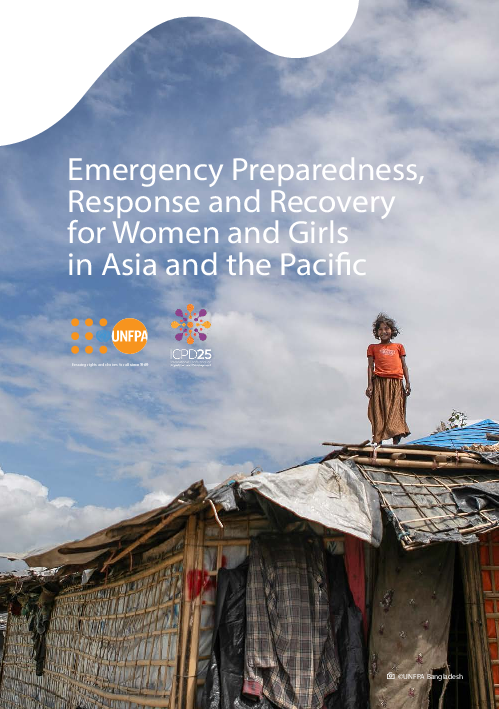You are here
New Releases

Harnessing The Potential Demographic Dividend in Timor-Leste Through Increased Family Planning Use
Timor-Leste is at a critical stage of its economic and social development path: the country aims “to transition from a low income to an upper-middle-income country by 2030, with a healthy, well-educated and safe population”. Investing in voluntary and rights-based modern family planning services provision is one of the smartest decisions that Governments can take. In this Policy Brief, we illustrate the effects that higher modern contraceptive prevalence rates (together with overall improvements in other key indicators for education and economic growth) would have on health, population and the economy of Timor-Leste, through the realisation of the country’s demographic dividend.

Sample curriculum: kNOwVAWdata Course on the Measurement of Violence against Women
This is a sample curriculum for a 4-Week instructional course for capacity building to measure the prevalence of violence against women and improve data literacy.
Gender Counts: South Asia
Gender Counts, a new, first-of-its-kind review, utilizes quantitative data to provide a comprehensive profile of how gender inequality impacts girls and boys, in the low and middle-income countries in Asia-Pacific. This report focuses on South Asia. The reports describe the effects of gender inequality in the domains of health, education and transition to employment, protection and safe environment. The review identifies data gaps for children and adolescents; provides recommendations for priority gender indicators; and calls for investments in data collection, research and action, to better understand and address the key drivers of gender inequality in the region.
Gender Counts: East and Southeast Asia
This review utilizes national-level quantitative data to provide a comprehensive profile of how gender inequality impacts girls and boys, in low and middle-income countries in East Asia and Southeast Asia. This report describes the effects of gender inequality in the domains of health, education and transition to employment, protection and safe environment. The review identifies key data and knowledge gaps relating to gender inequality for children and adolescents provides recommendations for priority gender indicators, and calls for investments in data collection, additional research and action to address the key drivers of gender inequality in the region.
Gender Counts: Pacific
This review utilizes national-level quantitative data to provide a comprehensive profile of how gender inequality impacts girls and boys, in low and middle income countries in the Pacific. This report describes the effects of gender inequality in the domains of health, education and transition to employment, protection and safe environment. The review identifies key data and knowledge gaps relating to gender inequality for children and adolescents, provides recommendations for priority gender indicators, and calls for investments in data collection, additional research and action to address the key drivers of gender inequality in the region.

Ending Child Marriage in South Asia
Child marriage and its drivers are complex and vary within and across countries. Child marriage may be arranged or adolescents themselves may decide to marry before their 18th birthday. It may be a way to unite families, perceived as necessary to secure a girl’s future and safety, a way to protect a girl’s innocence and reputation, and exemplify a boy’s manliness and readiness for adult responsibilities. Whether by choice or coercion, marrying as a child can result in health concerns, remove children from their protective environment, deter them from getting an education, and force them into adult roles such as looking after a household, raising a family, and entering into the labour force.
This report reviews recent evidence on child marriage in South Asia, including the influence of gender norms, economics and societal expectations on child marriage, as well as the relationship between child marriage and health, education, violence and policies and laws. The synthesis of the latest evidence and implications for programming is crucial in ensuring effective programme interventions.

Brochure: Sustainable Development, Rights and Changing Demography
This flagship report for ICPD25 examines the interplay between sustainable development, rights and changing demography and how this impacts the ability of governments, civil society and other stakeholders to achieve the vision set forth in Cairo and reaffirmed at the Midterm Review of the Asia Pacific Ministerial Declaration on Population and Development.
Sustainable Development, Rights and Changing Demography
This flagship report for ICPD25 examines the interplay between sustainable development, rights and changing demography and how this impacts the ability of governments, civil society and other stakeholders to achieve the vision set forth in Cairo and reaffirmed at the Midterm Review of the Asia Pacific Ministerial Declaration on Population and Development.

Emergency Preparedness, Response and Recovery
Asia-Pacific is the most disaster-prone region in the world and home to a number of long-running conflicts. The United Nations Population Fund (UNFPA) places women and girls at the centre of humanitarian response. This publication shares examples of how we support actions to better mitigate the risks of disasters and support humanitarian response work that is underpinned by UNFPA’s unique mandate encompassing sexual and reproductive health, gender equality, population data and youth empowerment.

Pre-positioning life-saving supplies to improve disaster preparedness
Prepositioning has been a game-changer for UNFPA's humanitarian work across the Asia-Pacific region, improving the speed, quality and efficiency of emergency responses. This publication provides an overview of the Regional Prepositioning Initiative, UNFPA's flagship humanitarian preparedness initiative supported by Australia.